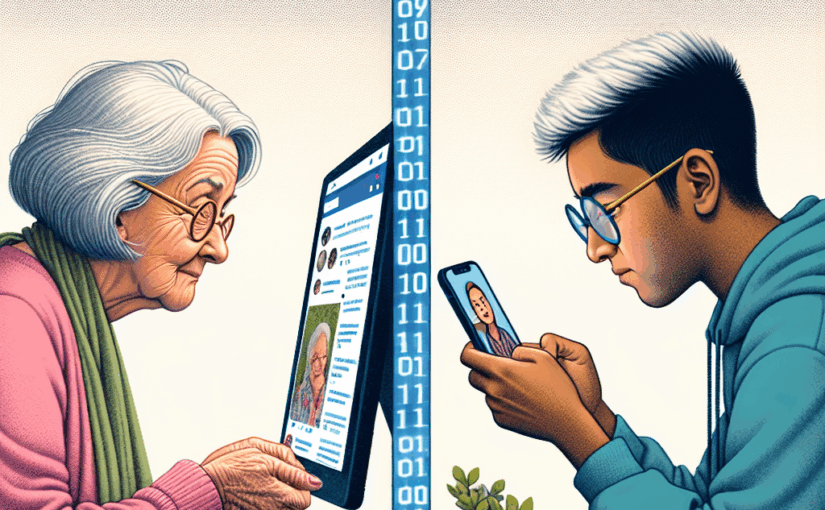The social media landscape has become a fascinating battleground of generational differences, where “OK, Boomer” meets “No cap” in an ever-evolving digital dialogue. Recent studies reveal striking contrasts in how Baby Boomers and Generation Z navigate, consume, and create content across various platforms.
Platform Preferences & Usage Patterns:
While Facebook remains the undisputed champion among Boomers, with an impressive 96% weekly usage rate, Generation Z has largely abandoned this platform, with only 36% checking in weekly. Instead, Zoomers gravitate towards visually dynamic platforms like TikTok, Instagram, and Snapchat, spending up to three hours daily consuming rapid-fire content.
Content Creation & Engagement:
The generational divide becomes even more apparent in how these groups interact with social media:
Boomers typically:
– Engage in lengthy discussions
– Share news articles and family updates
– Prefer desktop browsing
– Value traditional communication methods
Gen Z characteristically:
– Creates short-form video content
– Participates in viral trends
– Communicates through memes and emoji
– Prioritizes mobile-first experiences
The Doomscrolling Phenomenon:
The COVID-19 pandemic introduced “doomscrolling” into our lexicon, highlighting different generational responses to negative news consumption. While Boomers typically limit their social media time to under an hour daily, Zoomers’ constant connectivity makes them more susceptible to the psychological impacts of endless negative content consumption.
Impact on Mental Health:
Security.org’s research reveals an interesting paradox: 83.9% of Boomers report that social media has improved their lives, while younger generations express more ambivalence. Gen Z faces unique challenges, including information overload and increased social pressure, despite their digital nativity.
Looking Forward:
As these generational differences continue to shape social media evolution, platforms must adapt to serve both demographics effectively. The key lies in understanding and respecting these distinct approaches to digital interaction while fostering meaningful cross-generational dialogue.
Conclusion:
The digital landscape continues to evolve, shaped by the unique perspectives and preferences of different generations. Understanding these differences isn’t just about acknowledging the gap – it’s about recognizing how each generation contributes to the rich tapestry of online culture.

